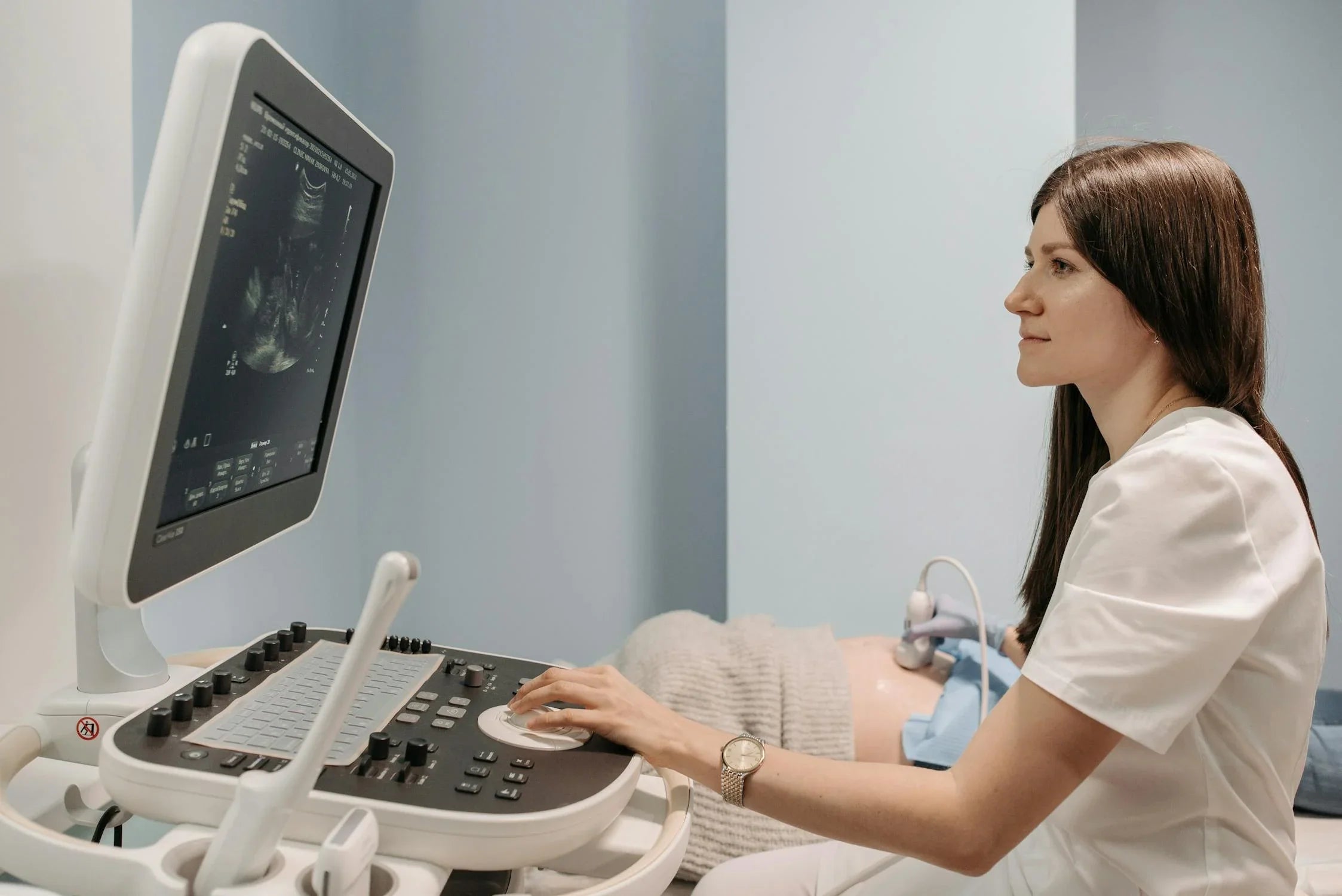Home
Pregnancy, Breastfeeding, and Pumping: The Ultimate Guide for Moms
Can You Dip a Pregnancy Test in the Toilet? Exploring the Facts

Can You Dip a Pregnancy Test in the Toilet? Exploring the Facts
Can You Dip a Pregnancy Test in the Toilet? Exploring the Facts
When it comes to taking a pregnancy test, accuracy is everything. Many women wonder if they can dip a pregnancy test in the toilet to get results. This article dives deep into the science behind pregnancy tests, the potential pitfalls of using toilet water, and the best practices to ensure you get the most reliable results.
Understanding How Pregnancy Tests Work
Pregnancy tests detect the presence of human chorionic gonadotropin (hCG), a hormone produced during pregnancy. Most tests are designed to be used with urine, which contains detectable levels of hCG. The process typically involves either holding the test in your urine stream or dipping it into a collected sample. But can you dip a pregnancy test in the toilet? Let's explore this question further.
Why Dipping a Pregnancy Test in the Toilet Might Not Be Ideal
While it might seem convenient to dip a pregnancy test directly into the toilet, there are several reasons why this method is not recommended. First, toilet water is often contaminated with bacteria, cleaning chemicals, or other substances that could interfere with the test's accuracy. Second, the concentration of hCG in toilet water is diluted, making it harder for the test to detect the hormone. Finally, the test's instructions are designed for specific conditions, and deviating from them could lead to false results.
The Importance of Following Instructions
Pregnancy tests come with detailed instructions for a reason. These guidelines ensure that the test is used correctly and that the results are as accurate as possible. Skipping steps or improvising methods, such as dipping the test in the toilet, can compromise the outcome. Always read the instructions carefully and follow them to the letter.
Best Practices for Taking a Pregnancy Test
To get the most accurate results, follow these best practices when taking a pregnancy test:
- Use the first urine of the day, as it contains the highest concentration of hCG.
- Collect a clean urine sample in a sterile container if you're not using the midstream method.
- Dip the test strip into the urine for the specified amount of time, usually a few seconds.
- Place the test on a flat surface and wait for the recommended time before reading the results.
Common Mistakes to Avoid
In addition to avoiding the toilet method, there are other common mistakes that can affect the accuracy of a pregnancy test. These include:
- Reading the results too early or too late.
- Using an expired or damaged test.
- Drinking excessive fluids before the test, which can dilute hCG levels.
What to Do If You Get a Positive Result
If your pregnancy test shows a positive result, it's important to confirm it with a healthcare professional. They can perform a blood test or ultrasound to verify the pregnancy and provide guidance on next steps. Early prenatal care is crucial for the health of both the mother and the baby.
What to Do If You Get a Negative Result
A negative result can be disappointing, especially if you're trying to conceive. However, it's important to remember that false negatives can occur, particularly if the test is taken too early. If you suspect you might still be pregnant, wait a few days and take another test. If you continue to get negative results but experience pregnancy symptoms, consult a healthcare provider.
Alternative Methods for Collecting Urine
If you're concerned about the accuracy of dipping a pregnancy test in the toilet, there are alternative methods for collecting urine. Using a clean cup or container to collect a sample is a simple and effective way to ensure the test works as intended. This method also allows you to control the amount of urine used and avoid contamination.
The Role of Technology in Modern Pregnancy Tests
Advancements in technology have made pregnancy tests more accurate and user-friendly than ever before. Digital tests, for example, provide clear results in words rather than lines, reducing the chance of misinterpretation. Some tests even estimate how many weeks pregnant you are based on hCG levels. These innovations make it easier to get reliable results without resorting to unconventional methods like dipping the test in the toilet.
Myths and Misconceptions About Pregnancy Tests
There are many myths and misconceptions surrounding pregnancy tests, including the idea that dipping them in the toilet is a viable option. Other common myths include the belief that certain foods or medications can affect the results, or that a faint line always indicates pregnancy. It's important to separate fact from fiction to ensure you're making informed decisions about your health.
When to Seek Medical Advice
If you're unsure about the results of your pregnancy test or have concerns about your reproductive health, don't hesitate to seek medical advice. A healthcare provider can offer clarity, perform additional tests, and provide support throughout your pregnancy journey. Early intervention can make a significant difference in outcomes.
Taking a pregnancy test is a significant moment, and it's natural to want accurate results. While dipping a pregnancy test in the toilet might seem like a quick solution, it's not the most reliable method. By following the instructions and using best practices, you can ensure that your results are as accurate as possible. Remember, when in doubt, consult a healthcare professional for guidance and support.
Share
